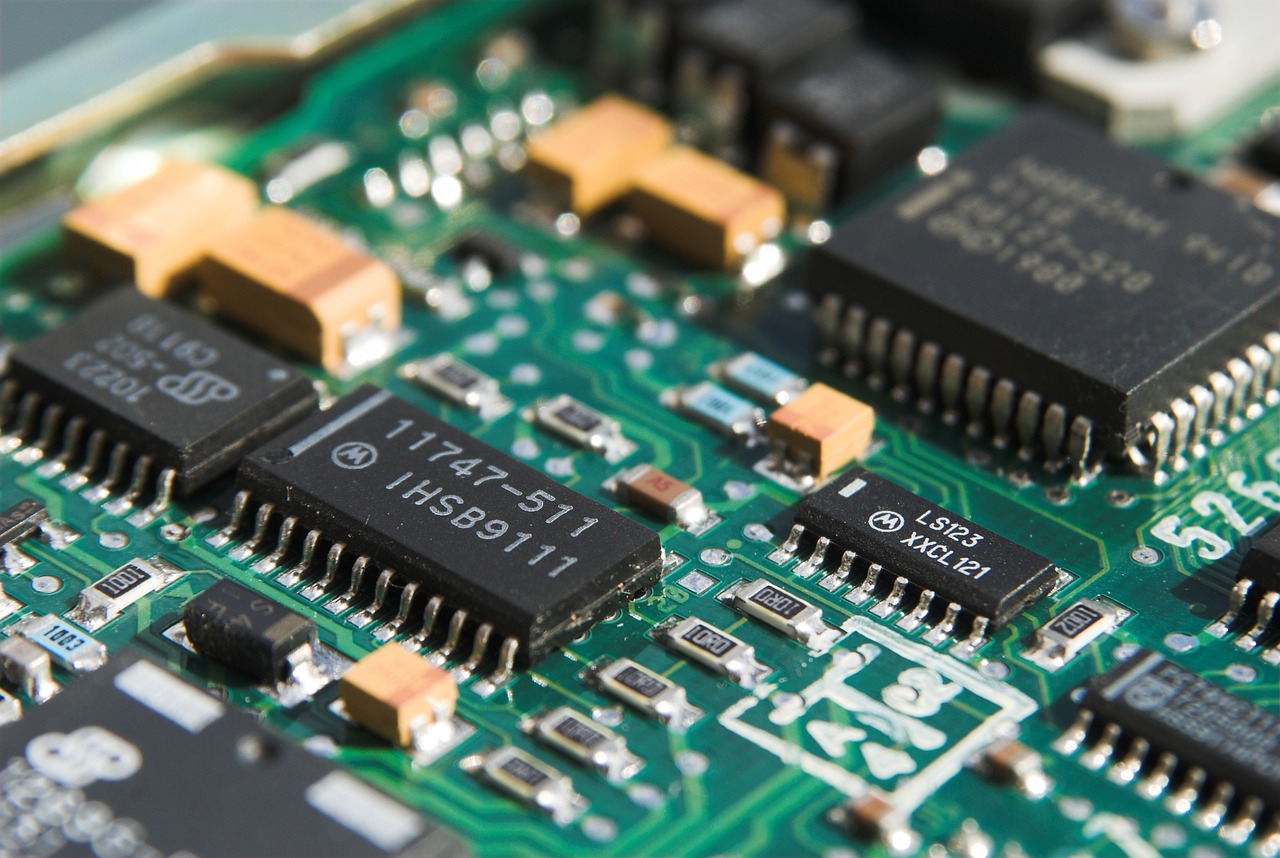量子コンピュータの脅威に対し、Bitcoinブロックチェーンの防御もまた量子自体であるかもしれません
こんにちは。ジャスティンです。
本日はこちらのニュースを見て思った事を投稿します。
[日本語]
量子コンピュータの脅威に対し、Bitcoinブロックチェーンの防御もまた量子自体であるかもしれません。
一日を過ぎるごとに、量子コンピュータの世界への開発がますます増えているようです。 2011年以来、カナダのD wave社(ディーウェイブ)は、商業的に使える量子コンピュータを発売し、GoogleやNASAなどのバイヤーにさらに商売しております。これは普遍的な量子コンピュータとはまだまだ離れていますが、D-wave量子アニール・コンピューターの装置は1000キュビット以上の量子ビットを提供することができ、2015年前半のさまざまな複雑なシミュレーションに使用されています。今年もAlibabaとIBMは、クラウド・コンピューティングの使用した量子計算のシミュレーションを公的に利用可能にしております。
普遍的の量子コンピュータ開発の競争が激化になってきて、サイバー・セキュリティに重大な懸念があります。特にビット・コインのようなブロック・チェーンはデータを格納するために暗号化に依存しておりますので、懸念事項になります。ビット・コインの暗号の複雑さは、最も強力なスーパー・コンピュータを使用しても、宇宙の熱の死よりも長い時間がかかりますが、量子コンピュータにとっては、それは子供の戯れです。ですがもし量子暗号が関与していれば、量子コンピュータと戦うために必要なセキュリティが確保されるとの意見もあります。
しかし、このような量子暗号は、現在のブロック・チェーン・プロトコルに量子層を追加するだけみたいな感じです。よりよい解決策はニュージーランドのVictoria University(ビクトリア大学)の教授Del RajanとMatt Visserが提案きました: ブロック・チェーン全体を量子現象にすることです。
それに入る前に、ブロックチェーンの説明をしましょう。ブロックチェーンは、金融取引などの取引情報の元帳です。取引が記録されると、ブロックと呼ばれるデータベースに収集されます。ある時点の終わりにブロックは、データを表す一意の番号を生成するハッシュ関数と呼ばれるものを使用して暗号化されます。
新しいブロックが作成されると、前のブロックからの番号が含まれ、新しいブロックが連鎖されまして、新しい元帳の蓄積が続きます。次のブロックは前のブロック上に構築されているので、もしブロックを再作成しようとするとハッシュ関数の結果を変えずデータを変更する方法を見つける必要があります。
これは古典コンピュータが計算しようとするとはほぼ永遠に続く事になりますが、量子コンピュータはqubit(量子ビット)で動作しておりますので、情報をより迅速に処理することができます。参照点として、古典なコンピュータは、1と0の2つの状態のあるビットで情報を処理をします。しかし、原子の量子特性を利用した量子ビットは、1、0、または重ね合わせ状態(superposition) によって情報を扱う。量子ビットは、システムが同時に格納できる状態を2倍にします。2つのキュービットは4つの状態を格納し、3つのキュービットは8つの状態を格納することができます。
新たに提案された量子ブロック・チェーンの方法は、量子もつれ(entanglement)と呼ばれる量子特性を利用する。 2つの量子粒子が複合系の状態になってるとき、距離または時間において互いにどのくらい遠く離れていても同じ状態を有する特性です。
これは、量子もつれの性質が非常に脆弱であるため、セキュリティにおいて有用である。複合系の状態になってる粒子を測定するだけで、2つの間のリンクが即座に壊れます。もしハッカーが1つのパーティクルに干渉しようとすると、そのペアの粒子には明らかになります。
前に述べたように、過去にペアに影響を与えることができます。可能なことには限界があるみたいですが、原因と結果を判断するのが難しくなります。時間の経過とともに送信される情報の量を増やせる効果もあります。
量子もつれの奇妙な特性は、RajanとVisserが量子ブロック・チェーンで利用するものです。基本的に、データは量子ブロックに格納されるために量子粒子を使用されます。取引は量子粒子で記録されるので、第2粒子と交絡する。ブロックを作成されますと最初の量子粒子は破棄され、このブロックからの情報を使用して2番目のブロックが作成されます。
改ざんしようとするとすぐにそれを無効になますのでセキュリティとしてすごく有効です。この作品の物理学は科学者に理解されているので、現在の技術で実現可能にもなっております。この発見が量子コンピュータの大量使用の前に実施できるならば、それは古典コンピュータのインターネットから量子インターネット(quantum web)への必要な移行であるものと思われます。
[English]
Bitcoin blockchains is under threat by quantum computers – the defense may be quantum itself
It seems like each passing day, we here more and more developments into the world of quantum computers. Since 2011, the Canadian company D wave made commercially available the first quantum computer with buyer such as Google and NASA. Though this still far from a universal quantum computer, the quantum annealer has since been able to provide over 1000 qubits and is used in various complex simulations earlier in 2015. Earlier this year, Alibaba and IBM have both separately launched a cloud based quantum computer available for public use.
As the race towards the universal quantum computer heats up, there are significant concerns on what this will do to cyber security. Bitcoins are an especial concern since block chains rely on encryption to store their data. The complexity of these encryptions make any attempts of hacking them take longer than the heat death of the universe even with our most powerful supercomputers but to a quantum computer, it’s almost child’s play in comparison. Some have suggested that if a quantum cryptography was involved, it will have the needed security to combat quantum computers.
But such a quantum cryptography just adds a quantum layer to the current blockchain protocol. A better solution is by making the entire blockchain into a quantum phenomenon proposed by Victory University professors Del Rajan and Matt Visser in New Zealand.
Before getting into it, a bit of background on blockchains. A blockchain is a ledger of transaction information such as financial transactions. As transactions get recorded, they get collected in a database called a block. At an end of a point of time, the block is encrypted using something called a hash function which creates a unique number to represent the data.
When a new block is created, the number from the previous block is included and the new block is chained and continues with accumulating new ledgers. Since each block is build on a previous block, anyone trying to recreate a block will need to find a way to alter the data that does not change the outcome of the hash function.
This is the reason why it would take nearly forever for a classical computer to try to break, but since a quantum computer can operate with qubits, it can process information far quicker. As a point of reference, classical computers process information in bits which are in either of two states, a 1 and a zero. But a qubit, which takes advantage of quantum properties of atoms, can be in a 1, 0 or a super position of the two. Each qubit doubles the states that a system can simultaneously store: two qubits can store four states, three qubits can store eight states etc.
The newly proposed method of a quantum blockchain takes advantage of a quantum property called entanglement. When two quantum particles are entangled, they have the same state no matter how far away they are from each other in distance or time.
This is useful in security because the property of entanglement is extremely fragile. Just a measurement of an entangled particle will instantly severe the link between the two. So if a hacker tried to interfere with one particle it will be obvious to the pair.
As mentioned before, they can also be entangled in time which means they can influence the pairs in the past. There does appear to be limitations on what is possible but it makes it harder to determine cause and effect. This also has the added effect of increasing the amount information transmitted over time.
These strange properties of entanglement is what Rajan and Visser exploit in their quantum blockchain. Essentially the data is stored on a quantum particle to make it a quantum block. As transactions are recorded a quantum particle, it is entangled with the second particle. The first particle is discarded and a block is created and information from this block is used to create the second block and so on.
When anyone tries to tamper with it, it immediately invalidates it giving it the security advantage. The understanding of how the physics of this works is well understood by scientists and it does seem to be doable with the available technology we have today.


